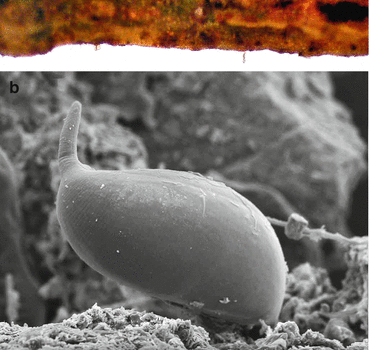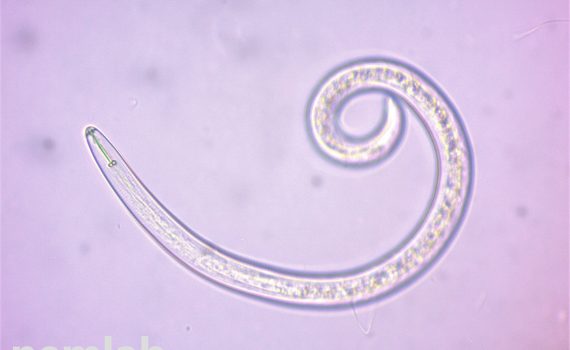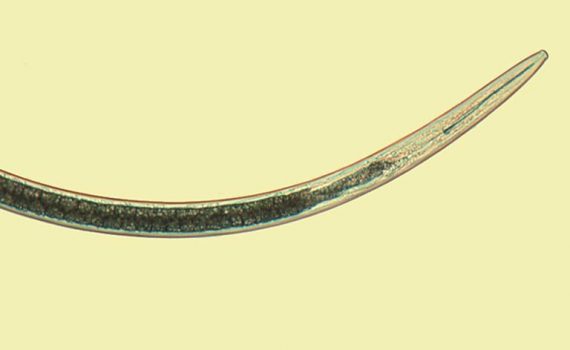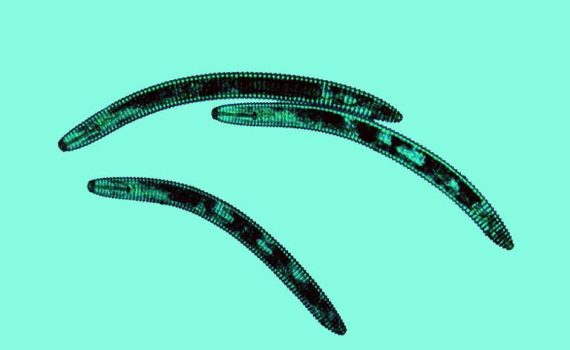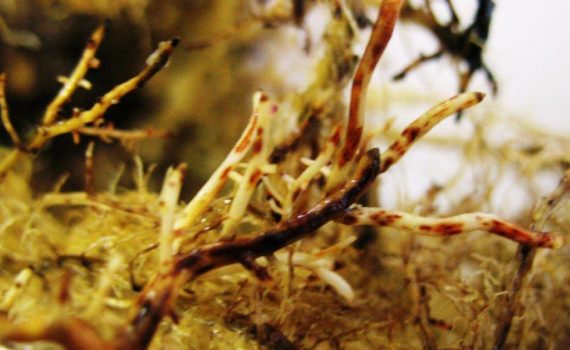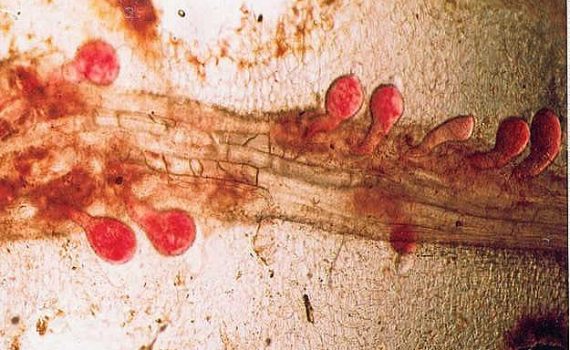A significant pest worldwide, of stone fruit and nut trees as well as vineyards. Ring nematode populations can exceed 2 000 individuals per 50cc of soil. Although no damage estimate is available yet for SA, Pinkerton et al. (2005) showed that populations greater than 125 ring nematodes per 250cc soil can result in 10-25% yield loss.
